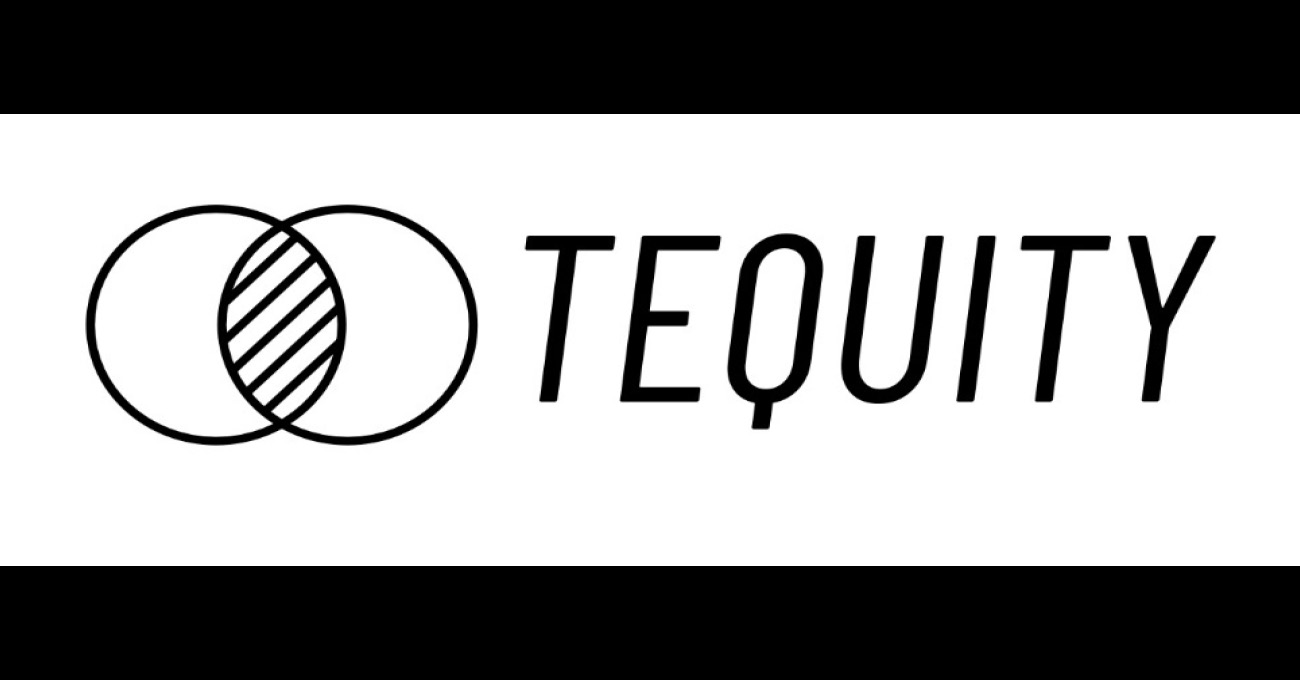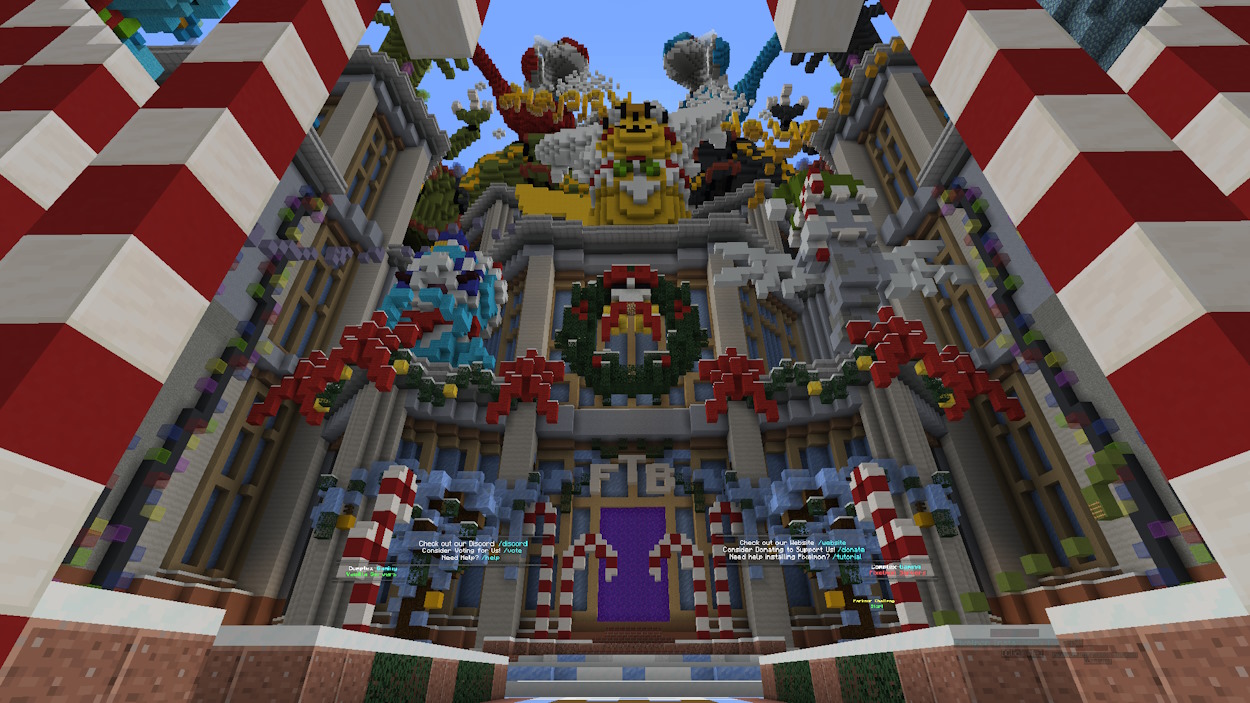
Can you take us through your story of initiating an ambitious journey into the gaming industry?
I was born in Chişinău, the capital of Moldova. At just 11 years old, I began my commercial journey by creating and hosting servers and offering different gaming server-related products and solutions for popular games like Minecraft and Perfect World, aiming to enhance the gaming experience for players, business owners and server hosting platforms.
My journey saw a natural progression in skills, leading me to collaborate with several tech and enterprise startups. In these roles, I significantly sharpened my programming expertise through diverse and challenging projects. At the age of 19, I became part of XOR AI, an HR-automated solution where we used AI to streamline hiring, prospecting, and candidate scouting. The startup is now quite successful, with a valuation exceeding US$200 million. Our small but dedicated group was heavily focused on delivering a seamless automated hiring solution, and within the first year, we onboarded a major world-known client which brought us to a new phase of growth.
Leaving XOR AI, I was driven by a strong desire to dive back into game development. This led me to work with a fantastic team from New Zealand for about a year and a half. Together, we were on a journey to create a top-notch rugby simulator, now known as the premier Rugby Manager game. We launched it on Steam and mobile platforms, where I played an important role in consulting and crafting development solutions.
After gaining experience and commercial exposure to game development, I pursued my passion and opened my game development studio – Red Rift, with HQ in US, Michigan. Initially, we had been engaged in outsourcing, providing specific high quality game components like content, art, animation, 3D and 2D content, and eventually transitioning to offering full-cycle game development solutions for our clients.
Tell us more about the team at Red Rift and the exciting mission you’re currently engaged in.
In Red Rift, we host 11 different teams, each dedicated to various aspects of the games. For example, we have Dev, VFX, CGI, 2D artists, 3D artists and Animation departments, each with its own management and production cycle. Some are involved in outsourcing, while others provide content for our games. It’s worth mentioning that most of our employees work remotely, yet we have offices in some CIS countries and Andorra and are committed to PC and Mobile game development.
Our goal is to establish a strong presence in the Saudi market, becoming a trendsetter locally and expand globally. Currently, we are dedicated to developing a new AAA game, which is in line with our growing interest in the Kingdom of Saudi Arabia (KSA). The country offers substantial support for the gaming industry, resonating well with our objectives. The Crown Prince’s vision is in harmony with ours, and we are eagerly exploring opportunities to invest in and harness the potential of local talents to bring our AAA project — a large MMO strategy game that promises to be a genre-defining experience.
Additionally, we are gearing up for the launch of our innovative SaaS product next year, designed to revolutionize the creative process for story authors. As an author crafts their narrative and the AI intuitively generates high-quality, ready-to-use visuals, including detailed characters, immersive backgrounds, and more. Imagine describing a character in your story and watching as the AI vividly brings it to life, thereby eliminating the usual hassles of addressing art-related challenges or mitigating flaws typically associated with AI-generated content. This tool promises to be a game-changer in the realm of creative writing and digital art production. Internally, our team is already using this tool in our recently launched game StorySpark: Interactive Stories which is available on iOS and Android.
Could you share the story of your initiation into Web3 gaming?
We observed the industry’s surge, particularly during the crypto boom, with everyone buzzing about it. There was a significant shift among players, especially mid-core PC gamers, exploring the new frontier of web3 games. The momentum was undeniable, and we identified a huge opportunity coupled with the monetisation layer.
Our unique approach involved building a stronger game infrastructure and then integrating web3 technology as the monetisation layer. This sets us apart from many other projects in the market.
Many newcomers to game development lack a deep-rooted understanding of the gaming universe. However, my partner and I have a different story; we began as avid gamers. Combined, we’ve dedicated over 70,000 hours to playing various video games, including leading large guilds of 200+ members in MMO games like Archeage. This extensive hands-on experience has endowed us with a profound insight into the gaming world, an advantage we bring to our game development process.
How do you perceive the revolution that Web3 integration is bringing to the gaming industry?
In the context of the global outlook, the bear market has indeed cast a shadow of skepticism over the integration of cryptocurrency in gaming. Yet, looking towards the future, I am convinced that Web3 stands as the definitive solution for game monetization as a dedicated monetisation layer. It effectively tackles a common problem in MMO games, often referred to as the ‘black market’. This issue arises when players exit a game with a bag of accumulated valuable assets that they cannot legitimately transfer to another platform. Web3 provides a seamless solution, enabling players to transfer their in-game value to different games and monetise the time they have invested in gaming.
The considerations also extend to cloud gaming and subscription services. Platforms like Xbox Pass offer players access to a multitude of games for a monthly fee, contributing to a vast gaming ecosystem. This model presents opportunities for both players and companies to monetize player engagement consistently.
Looking ahead, I foresee a shift similar to the mobile game boom in 2009, where aggregators and subscriptions in combination with Web3 will simplify game distribution and access. I anticipate that in the future, more than a half of the games will leverage Web3 technology as their monetisation layer. It’s not a secret that many AAA game publishers are already incorporating Web3 integration despite the market narrative.
In the current lineup, how many games from Red Rift are integrated with Web3?
- Berserk, the play-to-earn (P2E) NFT card game, hosted on the Vulcan Forged platform. The in-game economy is based on the PYR token, the platform’s native token.
- Cards of Eternity, play-and-earn (P&E) NFT card game, published by Aether Games.
- Our upcoming AAA project – MMO strategy game, will leverage blockchain technology with a custom token to provide players with a unique competition.
What challenges is Red Rift currently addressing?
Regarding the web3 games, challenges like slower adoption, especially in the mid-core segment, arise due to issues of trust and complexity. Even players eager to explore the game mechanics may hesitate when it comes to navigating the financial aspects, such as connecting wallets and making transactions. Hence, I believe that simplifying the gaming experience, particularly for financial aspects, is crucial.
Seemingly, the gaming market in Saudi Arabia paints a barren landscape, with few companies venturing into this space. The move to this region presents a unique challenge, with a need to hire and train local talent and foster a game development culture. Our goal is not just to create games that players will love but to build an entire gaming community and infrastructure, aligning with local partners and companies.
Our strategy involves harnessing the expertise of our diverse global workforce, including advisors from the US, Japan, China, Korea, many CIS countries, and various European nations. This international perspective is vital for our vision. With the support of initiatives in Saudi Arabia, we aim to transform the region into a flourishing hub for gaming, much like a gaming oasis thriving in the desert.
What’s your outlook on competition within the gaming sector, and who stands as your contenders?
Globally, we find ourselves competing with major companies primarily in the field of user acquisition. However, each game we develop faces its unique set of competitors, determined by its mechanics and genre. The gaming industry today often recycles well-known mechanics across different genres, making it increasingly challenging to capture user interest through familiar strategies. To differentiate ourselves, we are focused on standing out by embracing innovative technologies and implementing unique, captivating ideas.
Take, for instance, our game Story Spark, a visual novel where players delve into interactive books and make choices that influence the storyline. In this genre, we keep an eye on roughly 10 main competitors, with Chapters from Crazy Maple studio being the most significant. Concentrating on this particular game, they generate about $2 million in monthly revenue.
In contrast, our card collectible game, Cards of Ethernity, is up against industry giants like Hearthstone and Magic: The Gathering, which are supported by major corporations such as Blizzard. Despite their well-established player bases and substantial resources, we are committed to making our games stand out and to building a user base within our financial limits.
In Saudi Arabia, our strategy takes a different turn. Rather than engaging in direct competition, our goal is to collaborate with local gaming studios and foster a mutually beneficial ecosystem. At present, we are engaged in multiple discussions, figuring out ways to work together and create something extraordinary. Emphasising partnership over rivalry is vital, especially in light of the burgeoning significance of the virtual realm – the metaverse!
Technologies like the Metaverse do indeed represent a ground-breaking leap. How optimistic are you about their advancement?
We’re living in truly impressive and exciting times with the rapid emergence of various technologies, including the metaverse. I believe the metaverse is our future, driven by trends like more people staying at home and the increasing popularity of video games. Millennials and Gen Z, in particular, show a high percentage of engagement with video games. Countries like UAE, Saudi Arabia, Bahrain, and Oman are also embracing the shift towards this immersive technology. Our research shows that more than 90 per cent of Gen Z and 94 per cent of Gen Alpha are now gamers.
Giant tech companies, including Meta (Facebook), are shifting towards the metaverse, realizing its potential in shaping user experiences. If you observed the showcase of the metaverse, such as Mark Zuckerberg’s interview, you’d notice how lifelike the virtual representation is. They used scanners to capture facial and torso features, reconstructing a 3D model of individuals. I see this becoming commonplace in the future.
I recall having the first Oculus Rift back in 2012, and the quality was noticeably lacking. I’d get a headache after just 10 minutes of use. However, comparing that to the latest models, the improvements are quite overwhelming in a very short time. You can now experience visuals in 8K and your brain will not reject the new reality. Many people can’t distinguish between the real world and the one inside the glasses. It’s a glimpse into the metaverse.
With the current state of technology, I anticipate significant progress in the next five to ten years. Perhaps 30 to 40 per cent of people in developed countries will find their way into the metaverse on a regular basis. Once it overcomes current technological challenges, the metaverse is poised for greater growth much like the AI surge happening now.
https://www.khaleejtimes.com/kt-network/charting-the-gaming-revolution-in-mena






